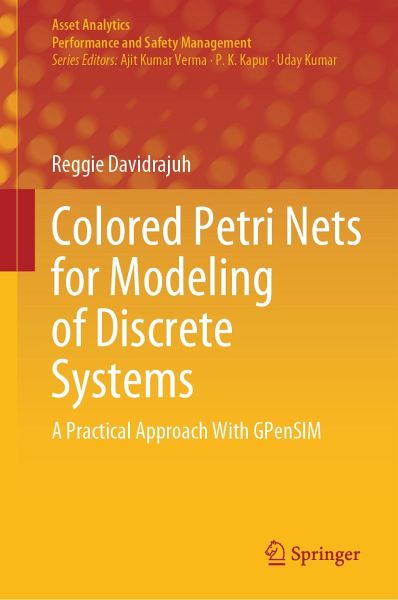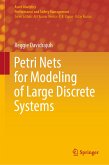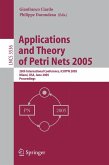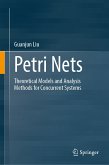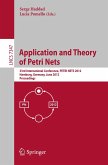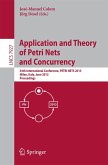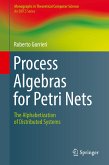This book offers a practical approach to modeling real-world discrete systems and performing analysis. The theory behind the book is the Colored Petri nets, and the tool used for simulations is general-purpose Petri net simulator (GPenSIM). The theory part is kept to a minimum, and more explanation is given to the GPenSIM functions and how they can be used for modeling, simulation, and performance analysis. Real-world industrial systems possess a large number of resources. Modeling these systems with Petri nets would become a problem as they result in huge Petri net models. This book offers a unique solution to this problem by moving resources away from the Petri net model and treating them as variables in the background. Also, the theory and practice put forward in the book help cost estimation of the systems (e.g., manufacturing subsystems).
Dieser Download kann aus rechtlichen Gründen nur mit Rechnungsadresse in A, B, BG, CY, CZ, D, DK, EW, E, FIN, F, GR, HR, H, IRL, I, LT, L, LR, M, NL, PL, P, R, S, SLO, SK ausgeliefert werden.

